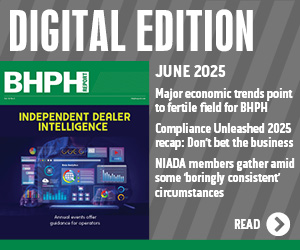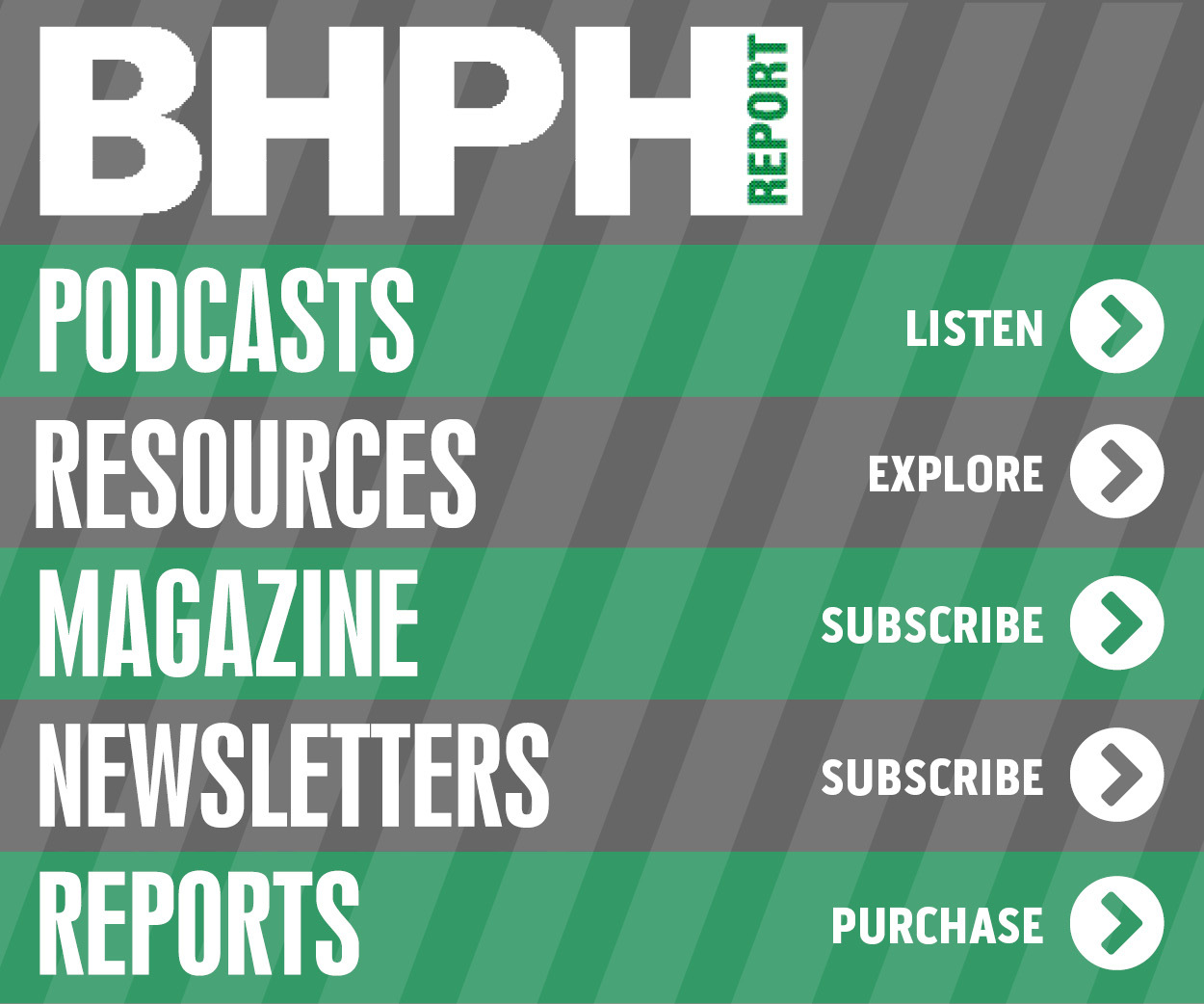Sierk: The Path To Consumer Complaint Success

It’s not that the customer isn’t a high priority. Of course they are. It is simply that we have had an ad hoc approach to dealing with the issues. Or, where more formalized, lacked the data to really see patterns and trends.
In the last couple of years what feels to most of us as government overreach has created a business challenge regarding the management of consumer complaints. The CFPB (Consumer Financial Protection Bureau) included consumer complaint management in its compliance management system.
The regulatory requirement is there. In fact the CFPB says “complaints are our compass.” The CFPB uses complaints and complaint data to instruct themselves on what areas and actors are ripe for enforcement activity or need to be addressed for regulation or rule making.
And the last year has proven that we need to pay attention to their voice. Much of the enforcement activity that the CFPB has undertaken has started directly from their complaint database.
And the Federal Trade Commission is also looking at complaint data. If complaints are their compass, we had better make sure they are our lane markers.
The ditch is going to become a very uncomfortable place.
Where Complaints Are Housed
Complaints are now critical to our business, especially as our lenders begin to ask questions about our compliance and become an enforcement arm for the regulators to protect their own interests.
Collectively we will need to stay ahead of this area of our business just as we seek to stay ahead of compliance management, in general. And just as for most of us it is unlikely to be able to handle detailed policies and procedures, training, and monitoring of compliance issues on our own, we will need help with complaints.
We have begun to realize over the last two or three years that we must seek appropriate management tools to succeed. When it comes to complaints, this same approach is critical.
The days of paper logs or excel spreadsheets are over. Paper logs do not collate information at all and provide no data. And the bureau loves data. Spreadsheets provide data, but are easily manipulated and often poorly controlled.
Rarely is either kept current, and they never contain the true voice of the customer.
We are entering a period of understanding the voice of the customer — not in a generic marketing sense, but in a personal sense.
We must listen to and hear their transparent unfiltered voice. That means that we need to give our customers a venue to express their issues with us in a way that we can truly address.
Federal Officials’ Examinations of Complaints
There is a specified channel as described in the final social media guidance from the Federal Financial Institutions Examination Council (FFIEC). TARP (Technical Assistance Research Programs) began studying consumer complaints in the 1970s. They discovered that consumers with problems who did not complain were much less loyal than those who did and had their issues resolved.
Further, about 50 percent complain to a frontline employee, and only 10 percent or so of all issues make it to upper management.
TARP concluded that mistreatment and incompetence often result in five times more damage to loyalty than do monetary concerns.
Our customers are already complaining somewhere.
In today’s world most are on social media or the CFPB website. That consumer has griped about us, but in many cases, has not given us affirmative consent to contact them.
So we send out a generic response or we just discuss internally how we can do better. Neither of those options are very effective.
We are monitoring social media for reputational management reasons, but not benefiting from properly handling the issues in a regulatory sense. As we move forward, keep in mind that what we must do with a complaint is record, respond, resolve and remediate.
With general social media monitoring, we are going to be able to record — and possibly respond — but we will have no resolution or remediation tied directly to that individual complaint. We must embrace complaints. Yes that’s right, embrace and aggressively solicit complaints.
We must begin to understand that while the majority of our customers are happy, the ones who are not are costing us a lot of money and creating potential liability. We need to communicate with every customer that has an issue. Then we will truly have raving fans.
A Scientific Approach
Let’s talk a little science. Why do people do what they do, and what works to satisfy them?
They complain because they feel shut out or dismissed. TARP says that the No. 1 thing that increases loyalty and satisfaction is quick resolution of complaints.
To do this, create a channel for complaining. And make the process so transparent that every customer can speak to you at will. Resolving complaints quickly and satisfactorily can double the future loyalty.
Here is some simple math. In terms of retail car sales, let’s assume that you spend $375 in advertising and marketing for each car sold. Let’s further assume that you have a base loyalty rate of 50 percent. That means that the actual long term cost of acquiring a repeat customer is $750.
The average goodwill expense to retain a customer is $150. So it is five times more expensive to win a new customer as it is to retain those you have already.
If you can increase retention by 50 percent through complaint management — well, you do the math.
Look at it in terms of parts and service also. By the way, loyal customers pay higher grosses and buy more products and services.
Finding a Solution
The right solution is a consumer facing, browser-based, continuous feedback loop system that has been designed specifically around the regulatory requirements of consumer complaint response.
That’s a mouthful, isn’t it? It must handle key features such as automatic escalation, assignment and resolution tracking, time stamped and archived data, and robust reporting functions. It insures that you are doing what will work with regulators.
We have mentioned social media several times. Interestingly, in December 2013, FFIEC issued final social media guidance for a number of federal agencies, including the CFPB. In this guidance they removed the previous idea that we should monitor all social media. The direction was changed to recommending the creation of specified channels where consumers must communicate with us as long as we make it absolutely simple for them to do so.
As an industry, it is time to roll up our sleeves and increase our customer loyalty to help generate needed new revenue while satisfying the regulators who are looking over the auto industry.
Both the CFPB and the FTC are extremely active, and every civil investigative demand that I am aware of regardless of which agency it came from, has asked for complaint data. Do you have any to send to them?
Dave Sierk is the director of dealer services at CARcomply.com. He can be reached at (843) 655- 5949 or dave@carcomply.com.


